Winter Programme at IMI
For fans of winter, a visit to Switzerland is hard to beat! Our 2025 Winter Programme participants...




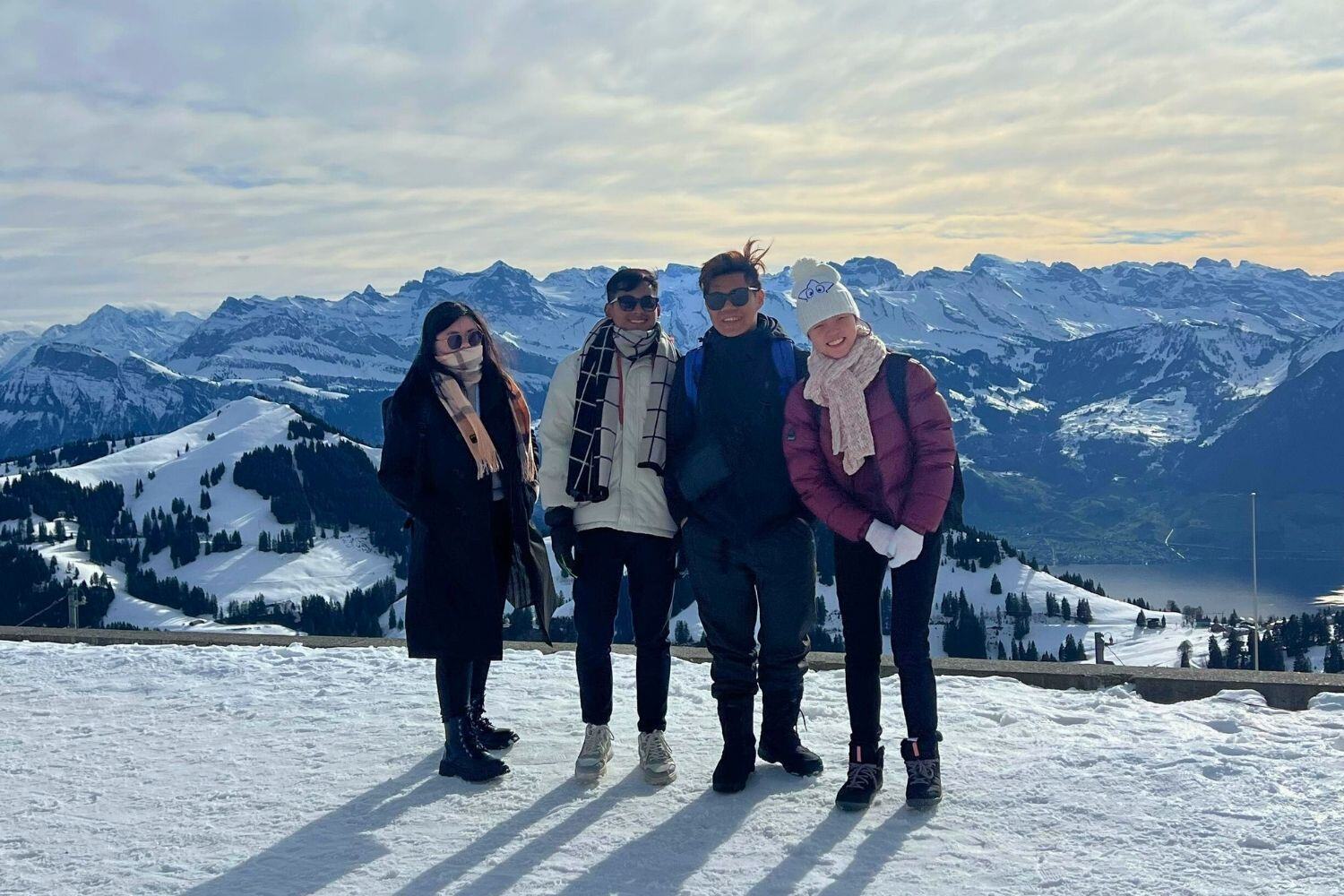
For fans of winter, a visit to Switzerland is hard to beat! Our 2025 Winter Programme participants...
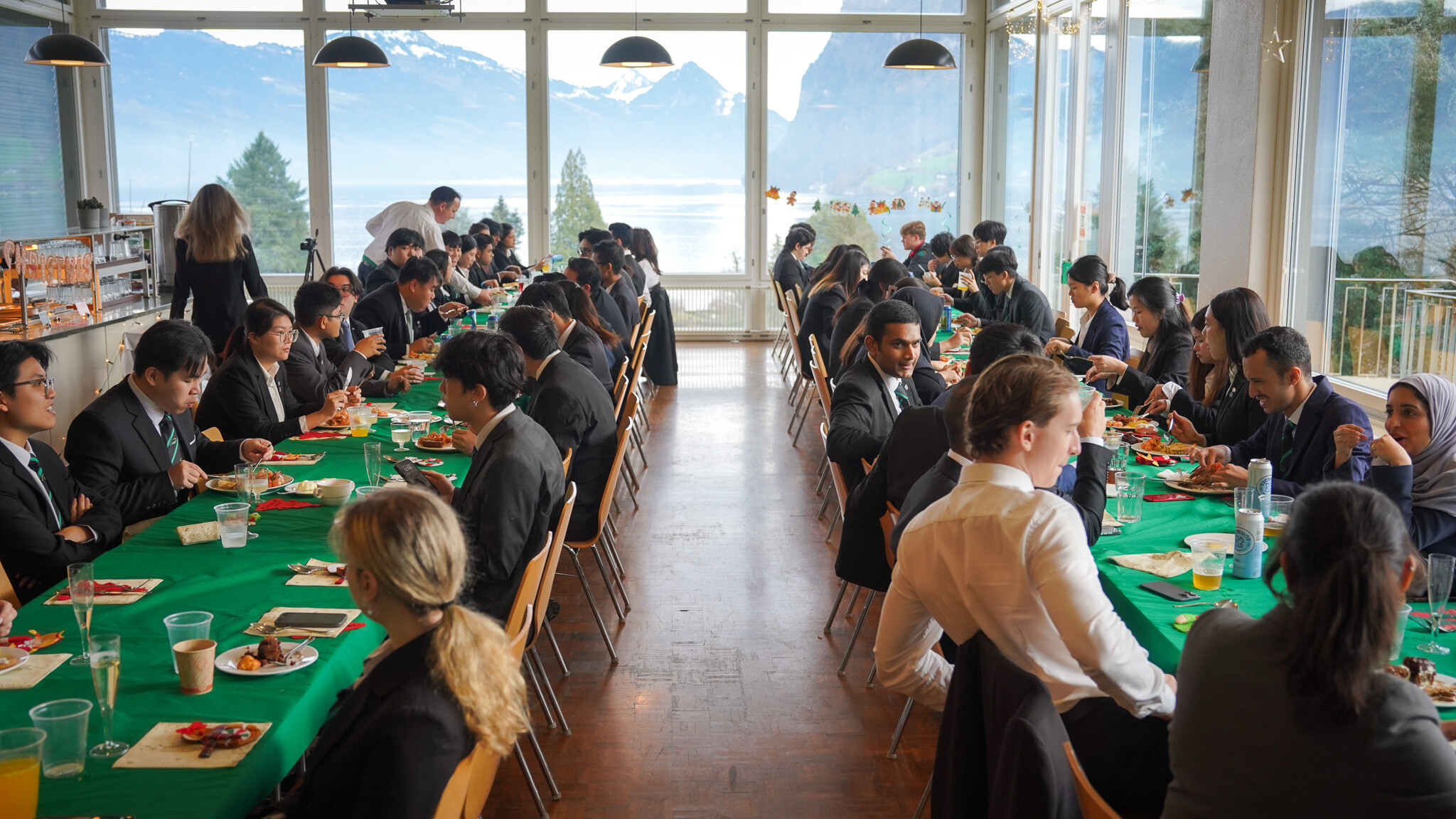
We love the holiday season here at IMI and, as is traditional, celebrated with our role-reversal...

We take a deep dive into the world of Artficial Intelligence, Machine Learning and Large Language...

We were delighted to sign a renewed partnership agreement with Indonesian school Padjadjaran...
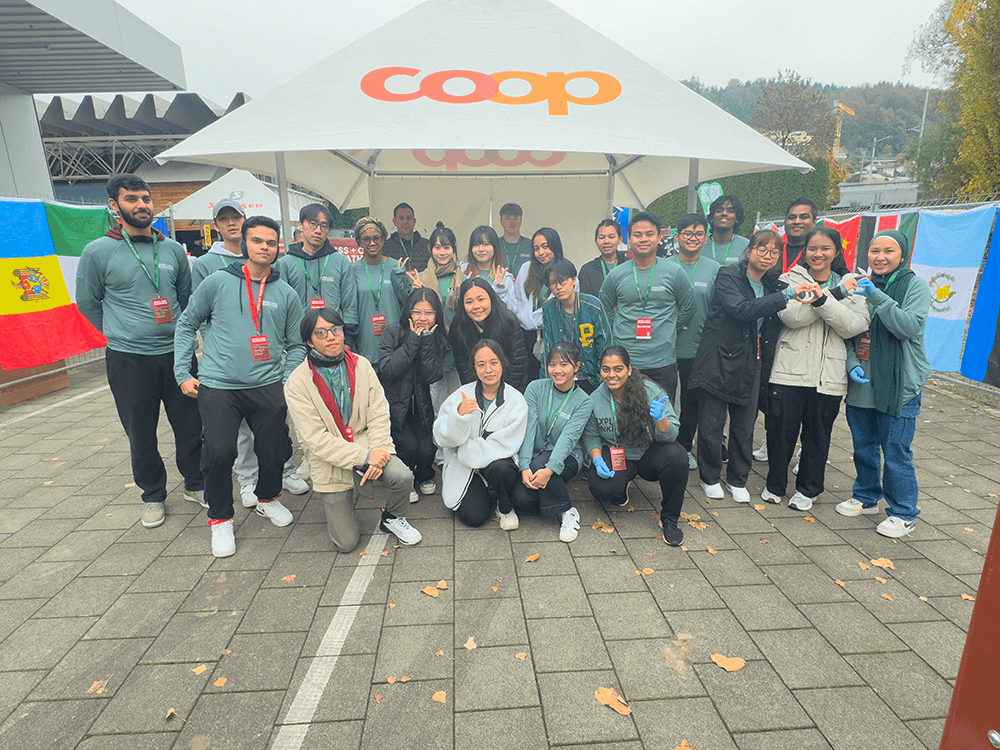
Our students had a great time volunteering at the Swiss City Marathon in Luzern, one of the biggest...
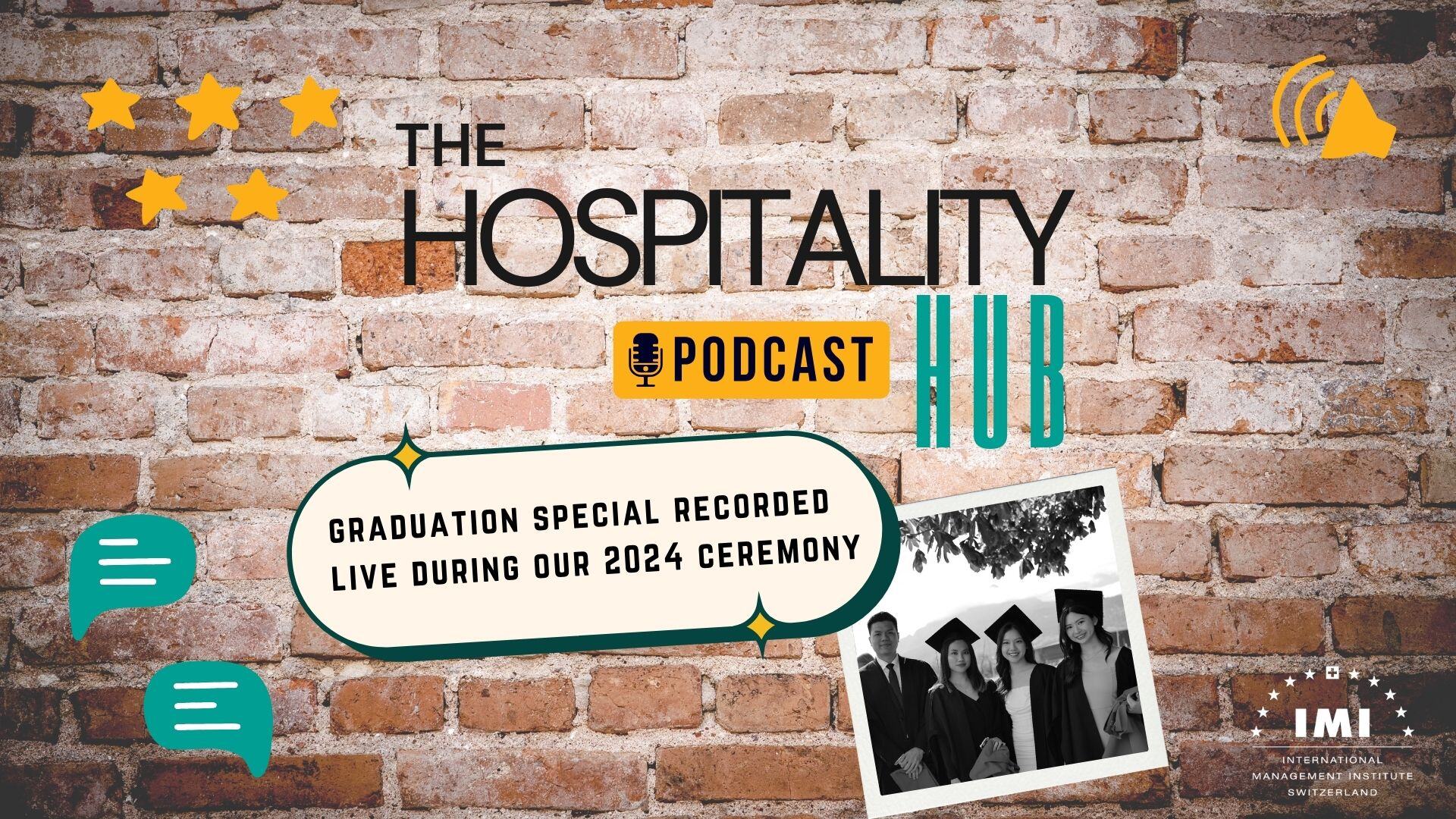
In a very special, live edition of IMI Switzerland's 'The Hospitality Hub' podcast, we go behind...
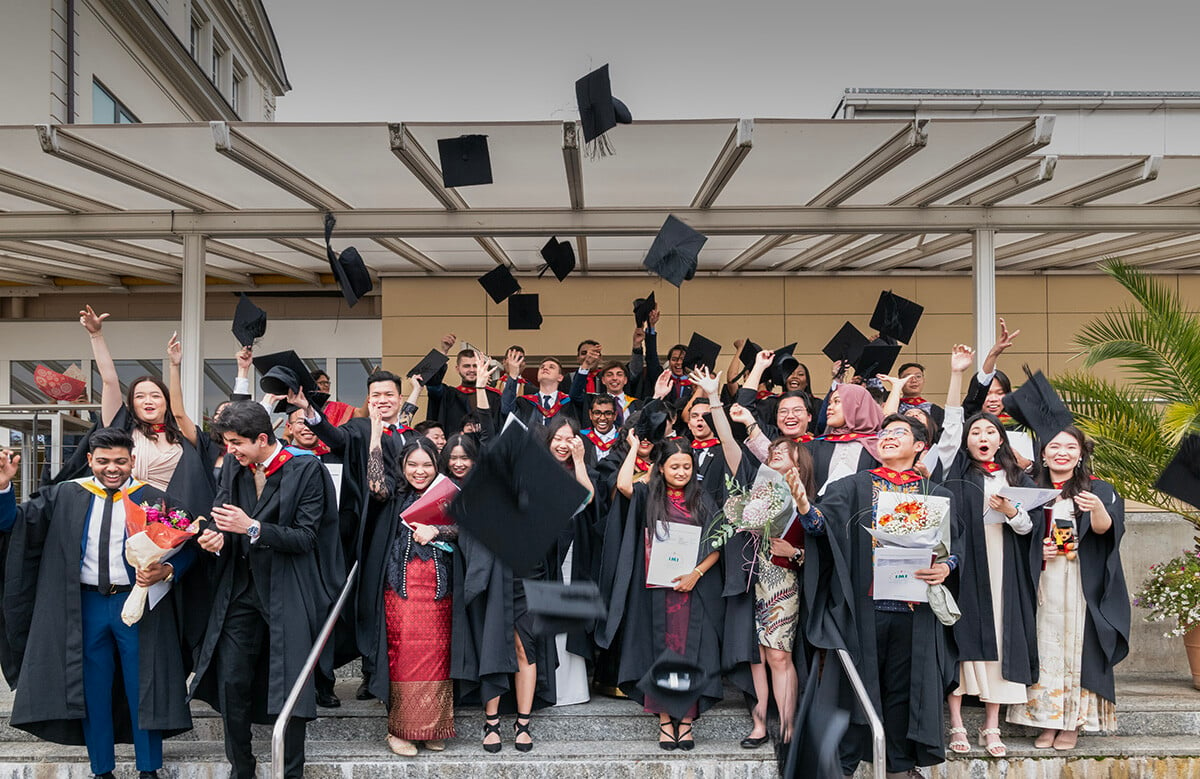
The IMI family came together to celebrate the achievements of our latest alumni at the 2024...
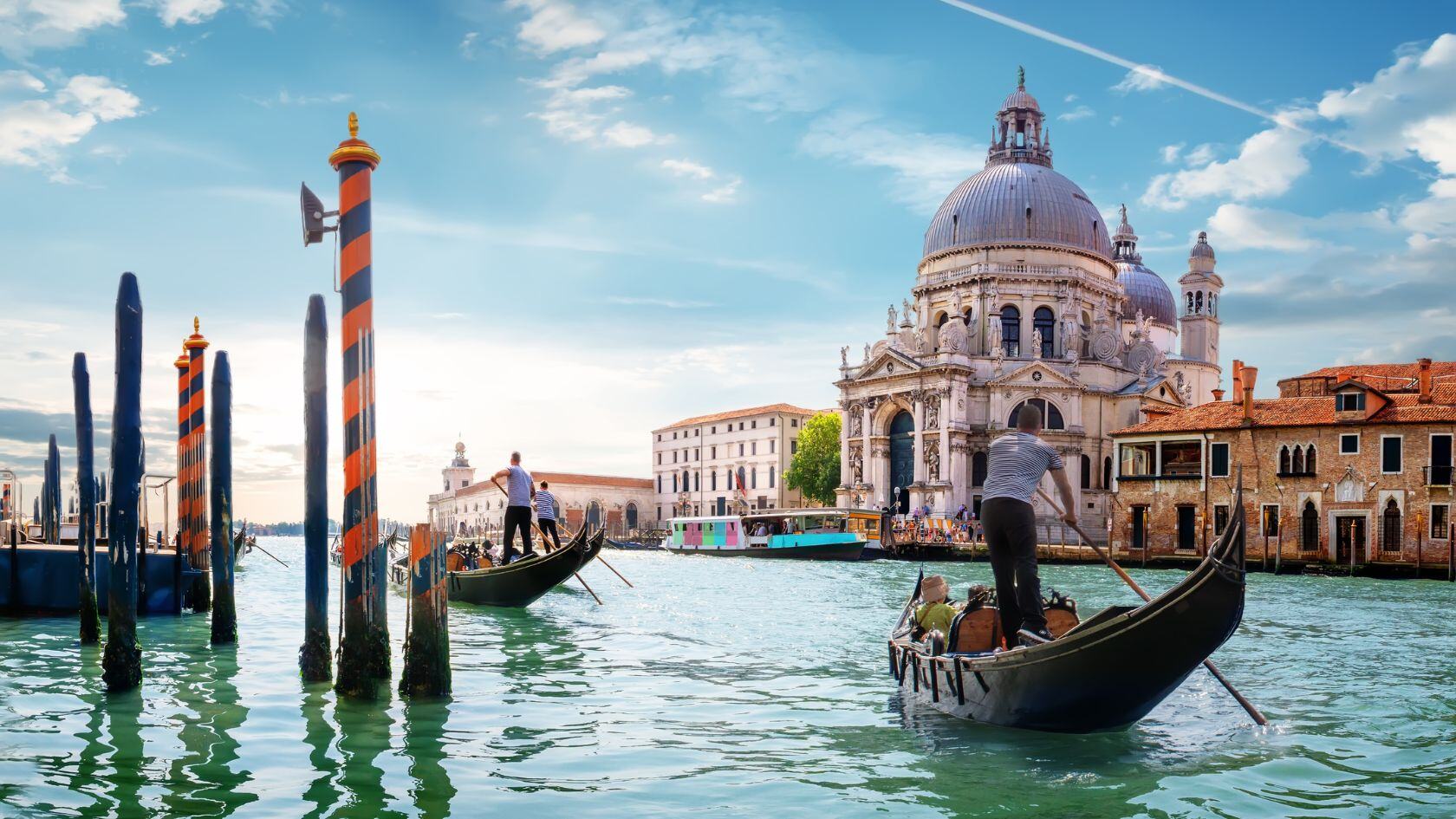
As Venice introduces tour group limits and Barcelona increases its tourism tax, has the time come...
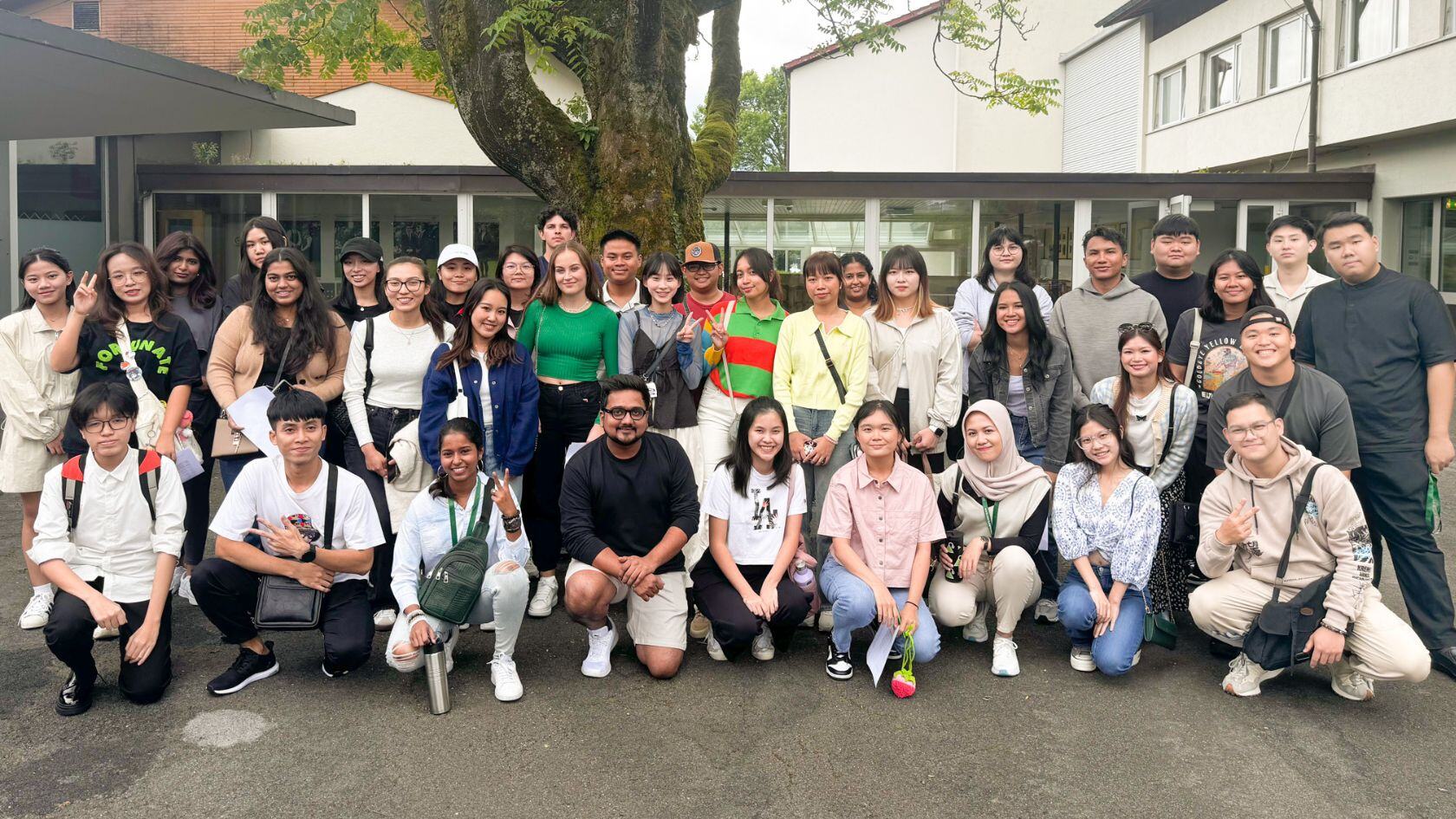
We wished a warm Swiss welcome to our new students who arrived on campus this August to begin their...
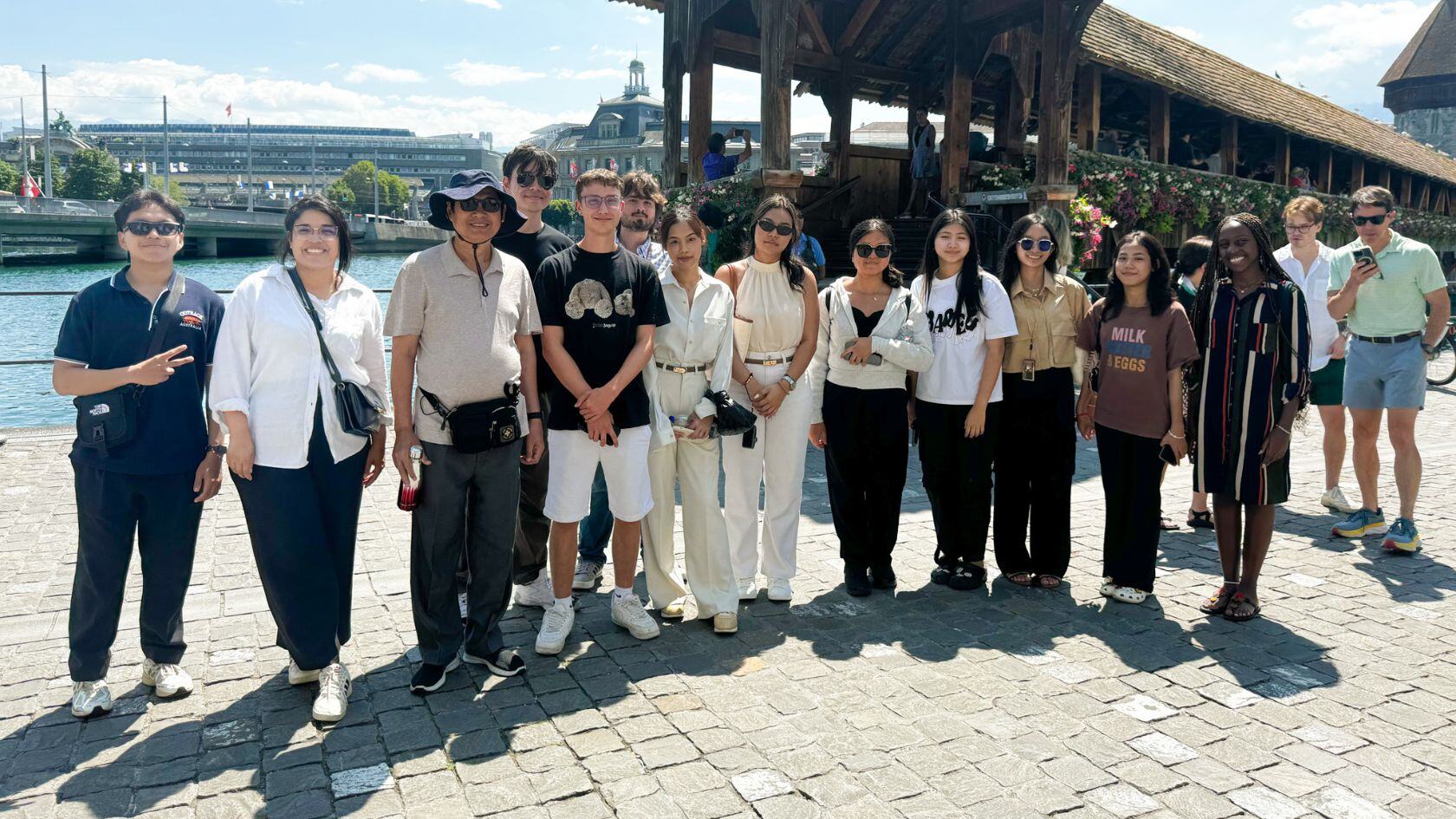
Our Summer Programme participants had a fantastic two weeks with us, discovering the magic of IMI...

For our latest live, online webinar we were joined by IMI alumna Asena Kun who talked us through...
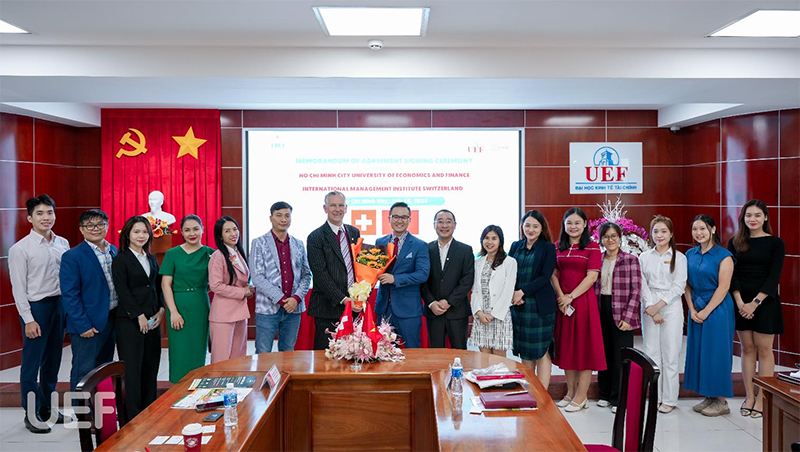
IMI CEO Prof. Gavin Caldwell was delighted to be able to visit some of our valued partners in...
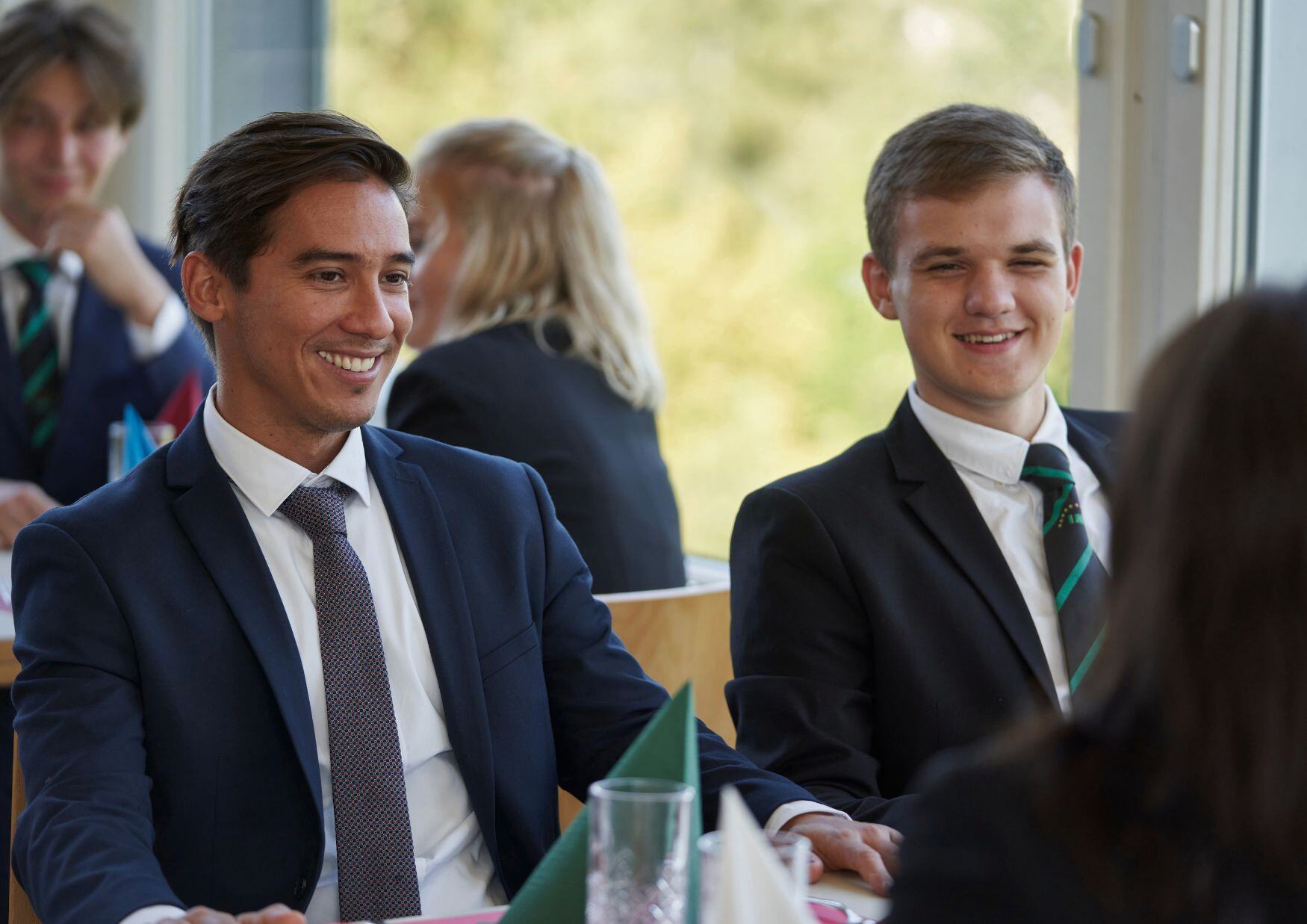
In a special guest post from hospitality industry writer Jose Chavez, we examine the different...

Have you been following our recent online webinar series? The events, held live on Instagram and...
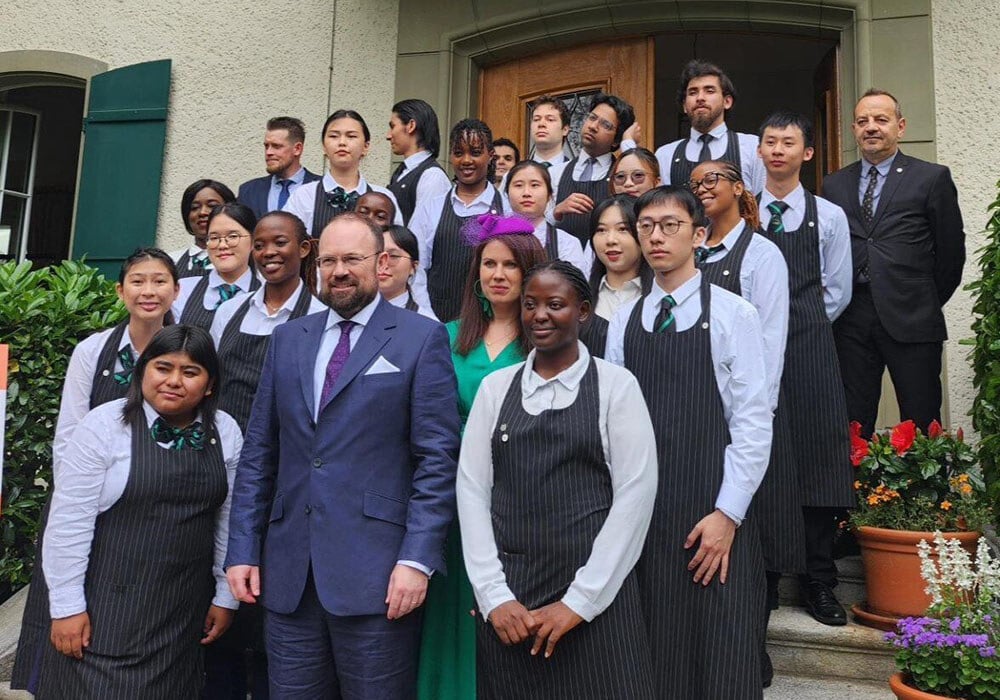
It was a great honour for our students to volunteer at the King's Birthday Celebration at the...

Our Partner Engagement Programme saw us welcome representatives from Thai schools Burapha and...
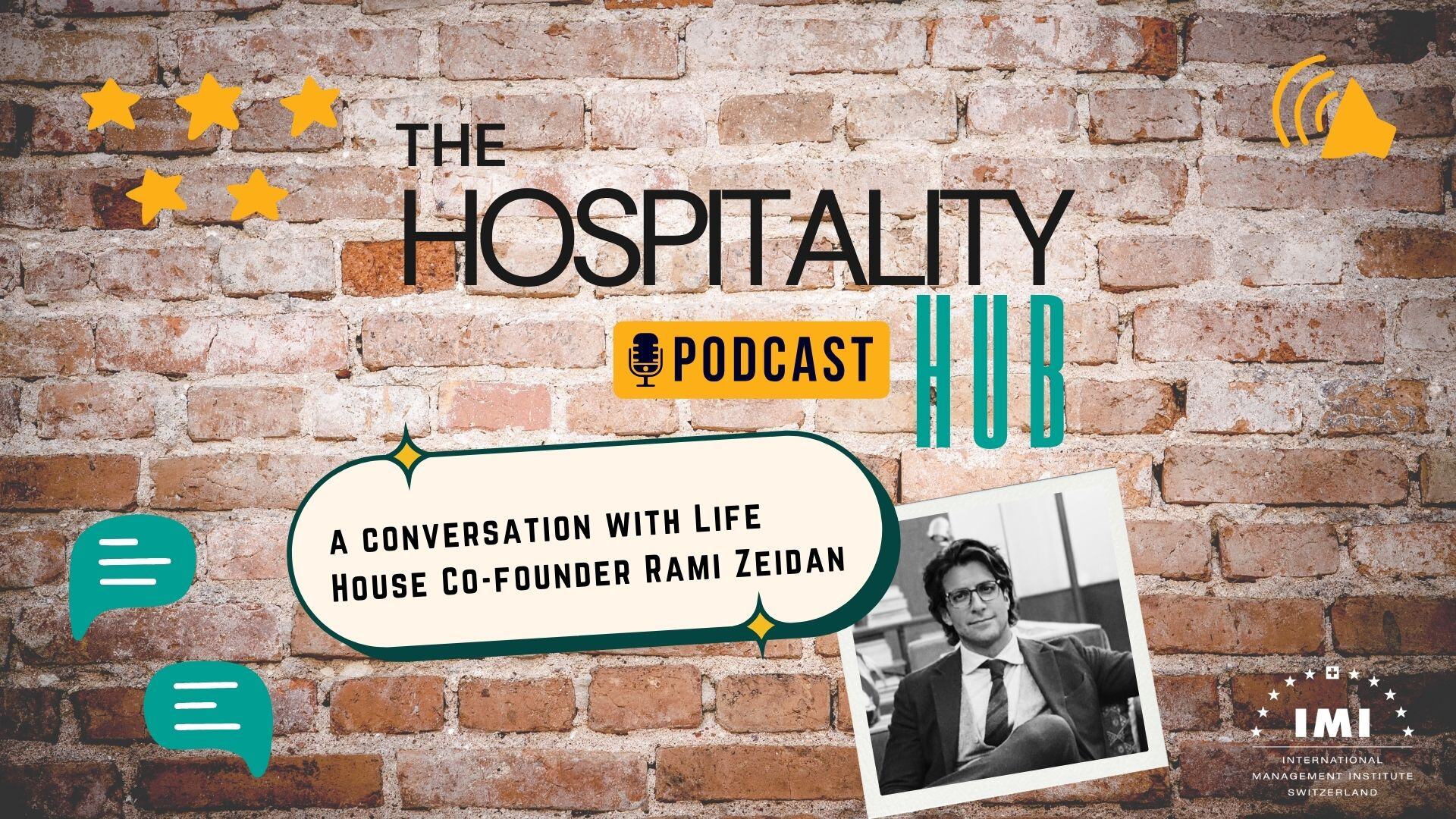
It was great to chat with the co-founder and former CEO of Life House Rami Zeidan about how the...
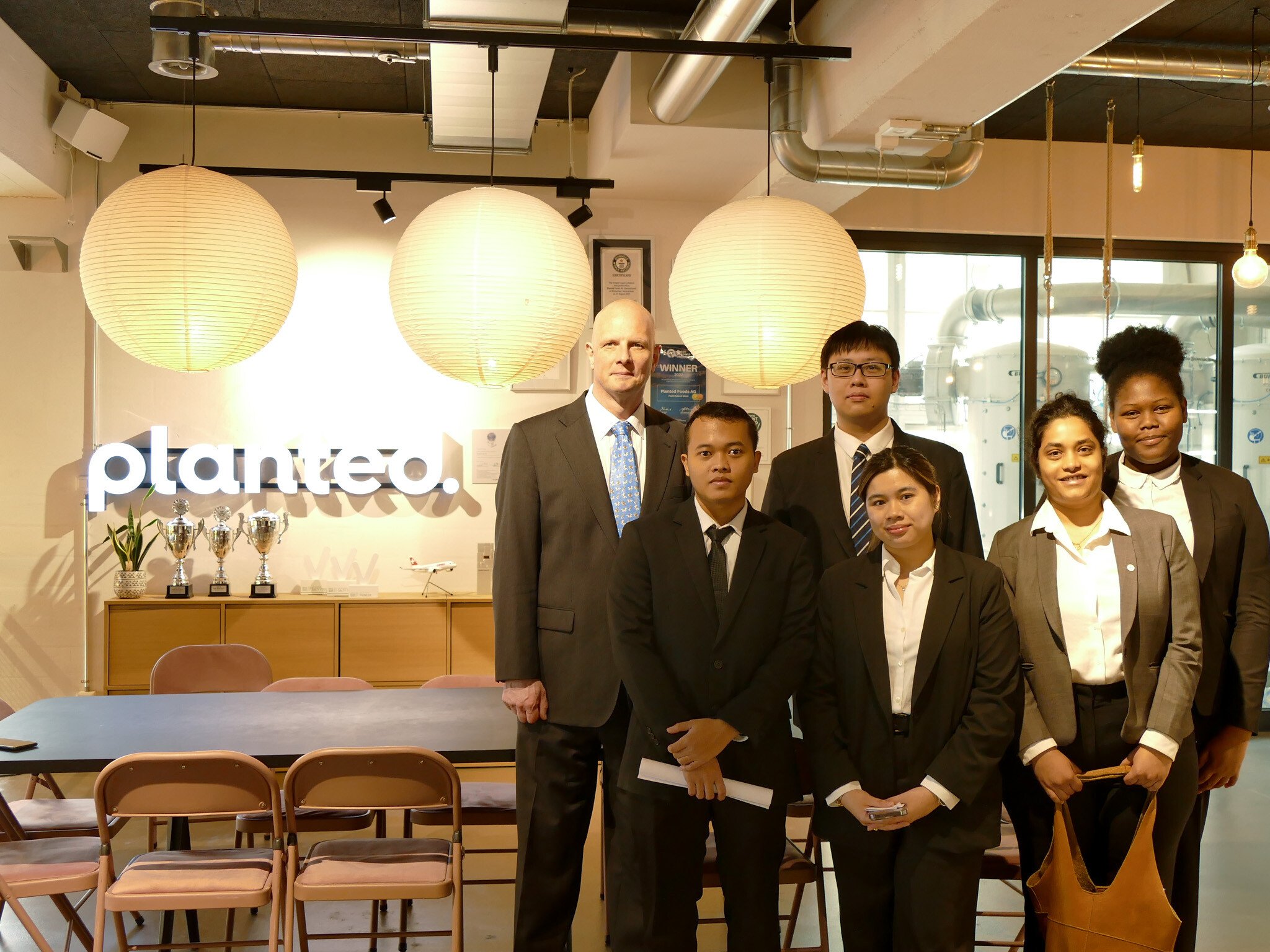
Our culinary arts students had a fascinating visit to the Planted factory near Zurich to learn...
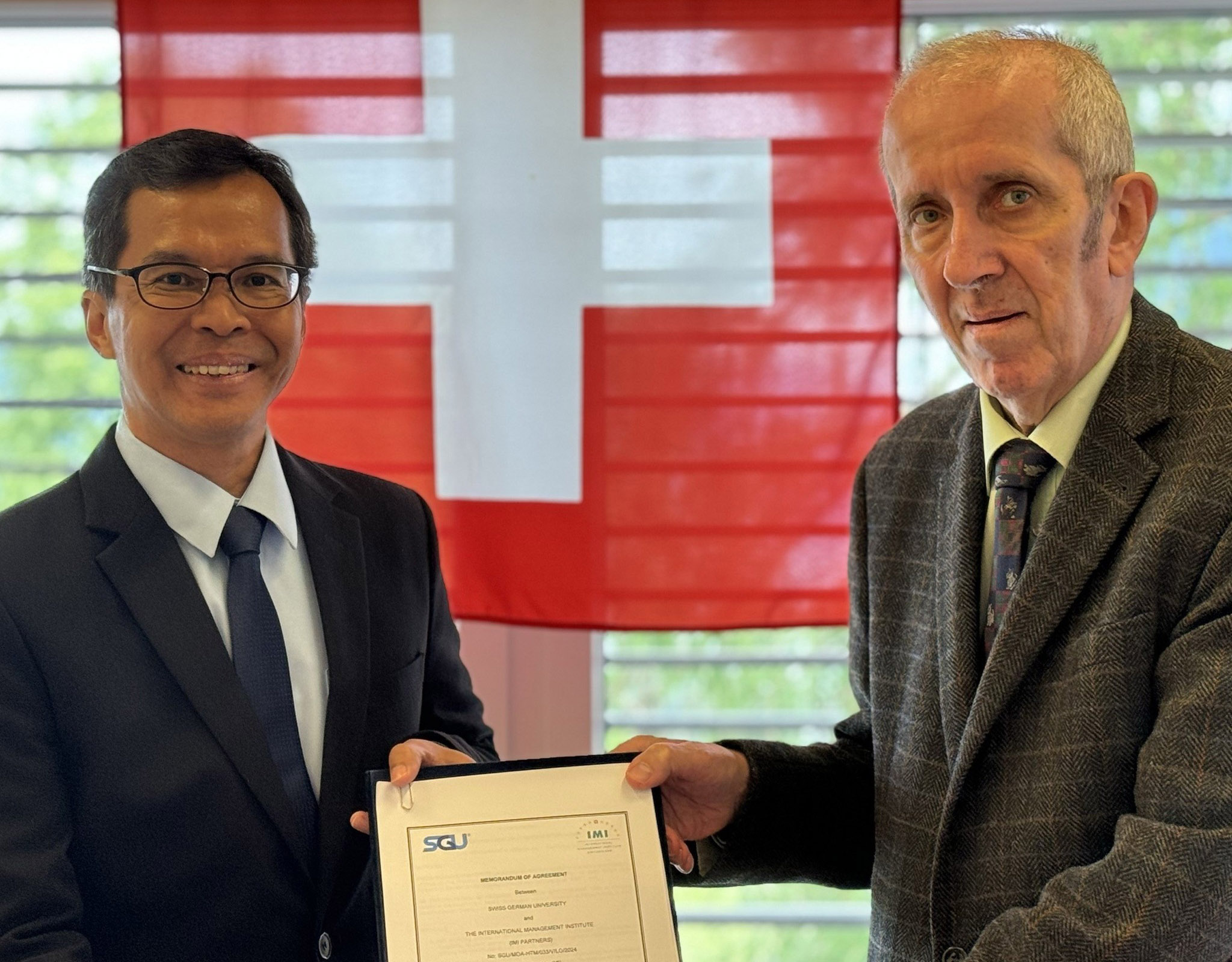
It was a pleasure to welcome Indonesian partner Swiss German University to the IMI campus, where we...
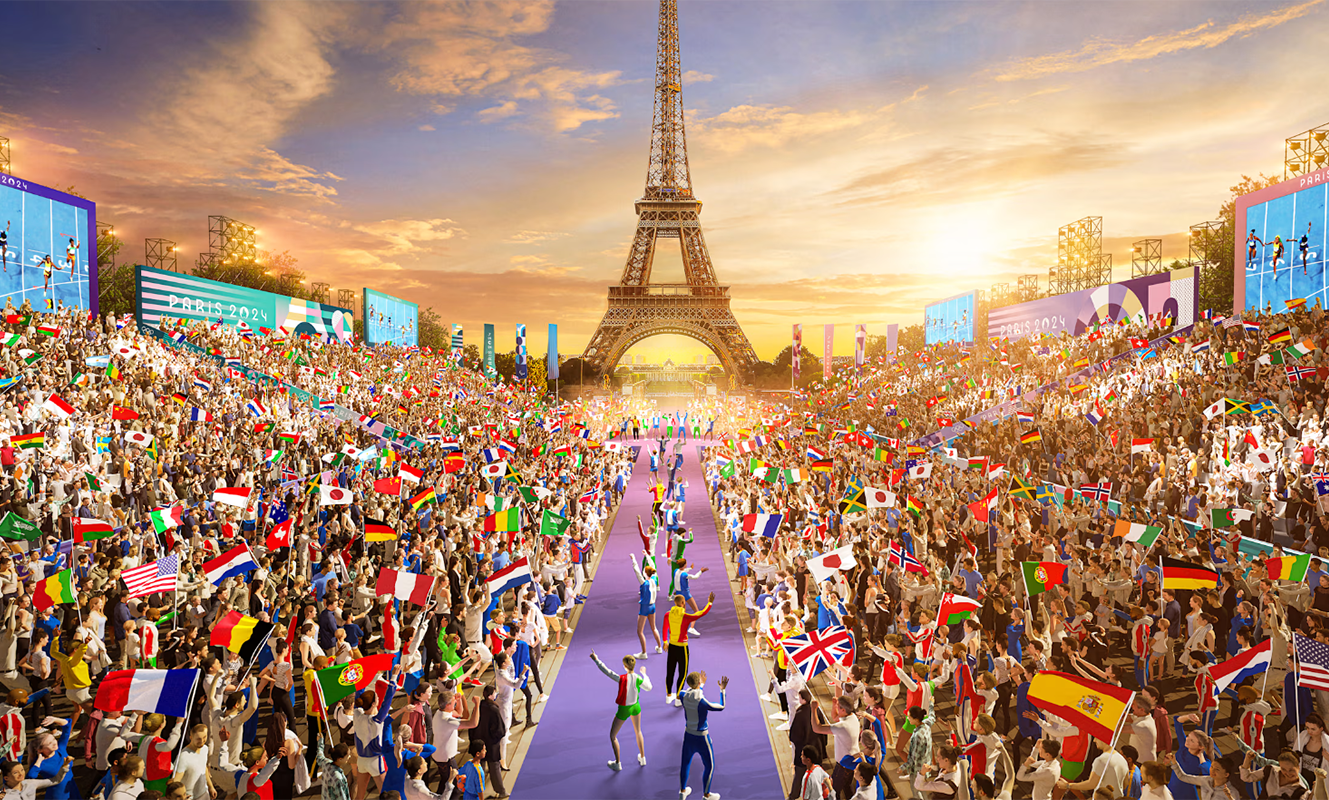
With one of the biggest sporting shows on earth coming to Paris this summer, we inspect the impact...

Welcome to International Night, where our campus comes alive with the sights, sounds and flavours...
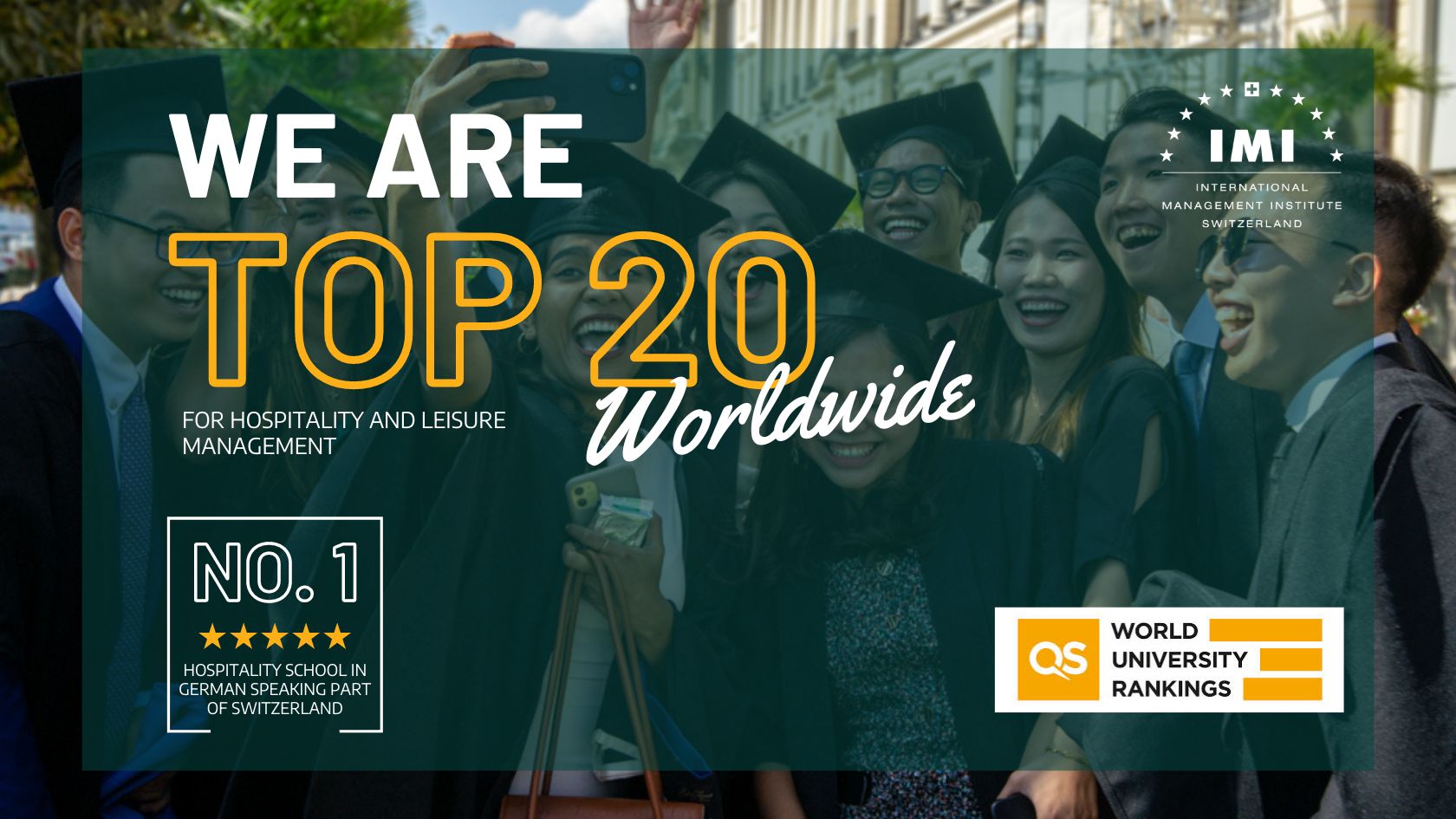
We were delighted to be named the number one hospitality school in the German-speaking part of...
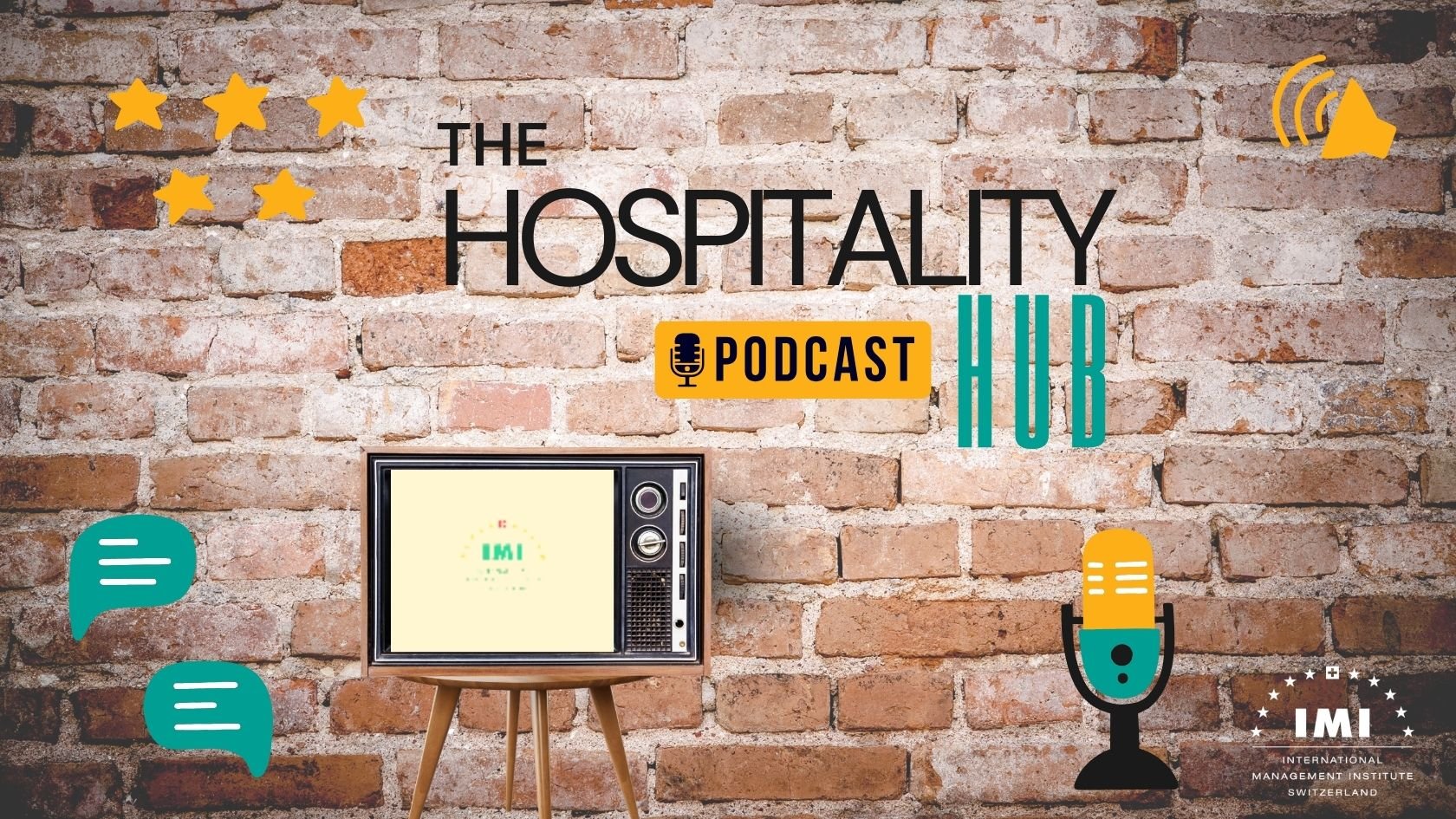
We are very excited to launch our brand new podcast - The Hospitality Hub - featuring news, views,...
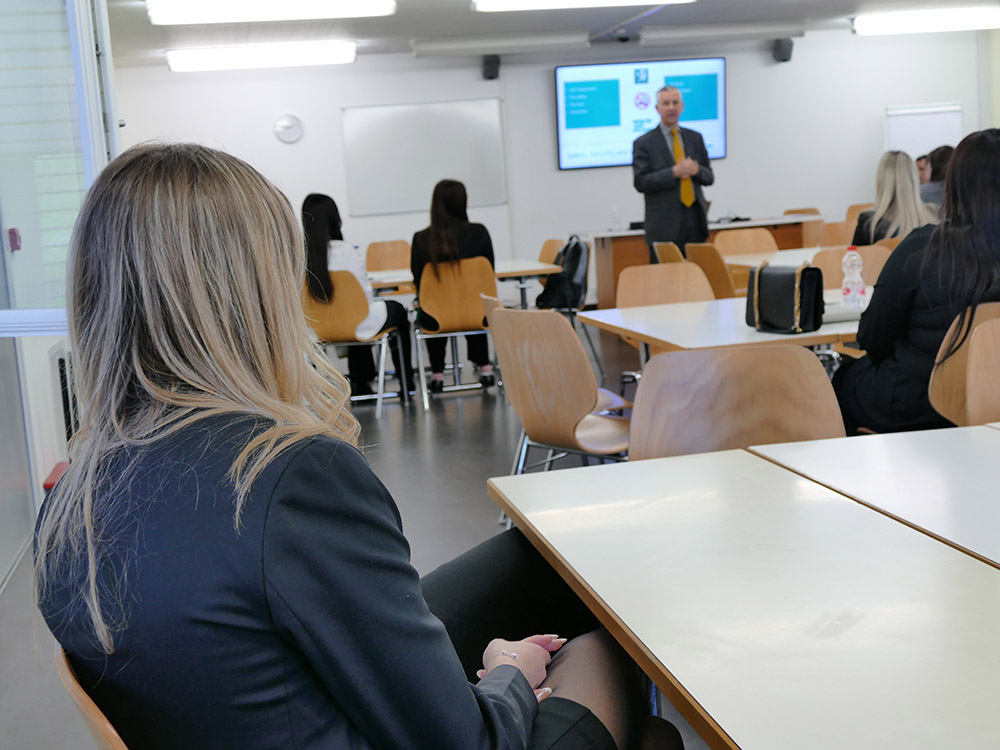
It was fantastic to host a group of students and faculty from our UK-validating partner Manchester...